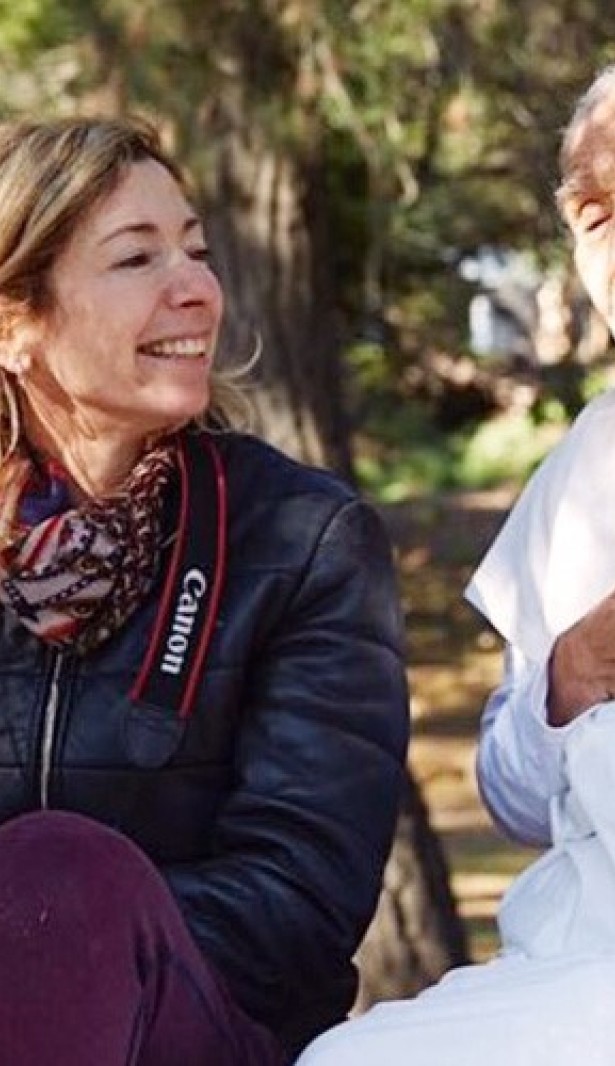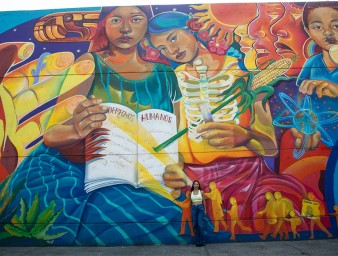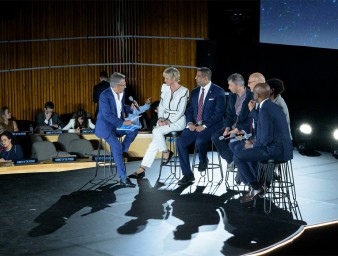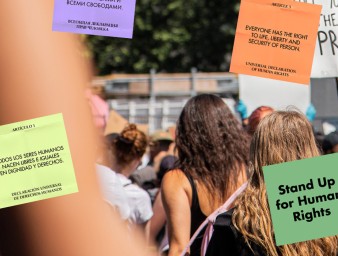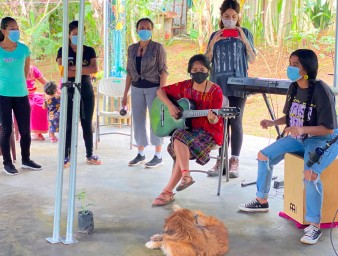“Artistic expressions for human rights”
10 June 2020
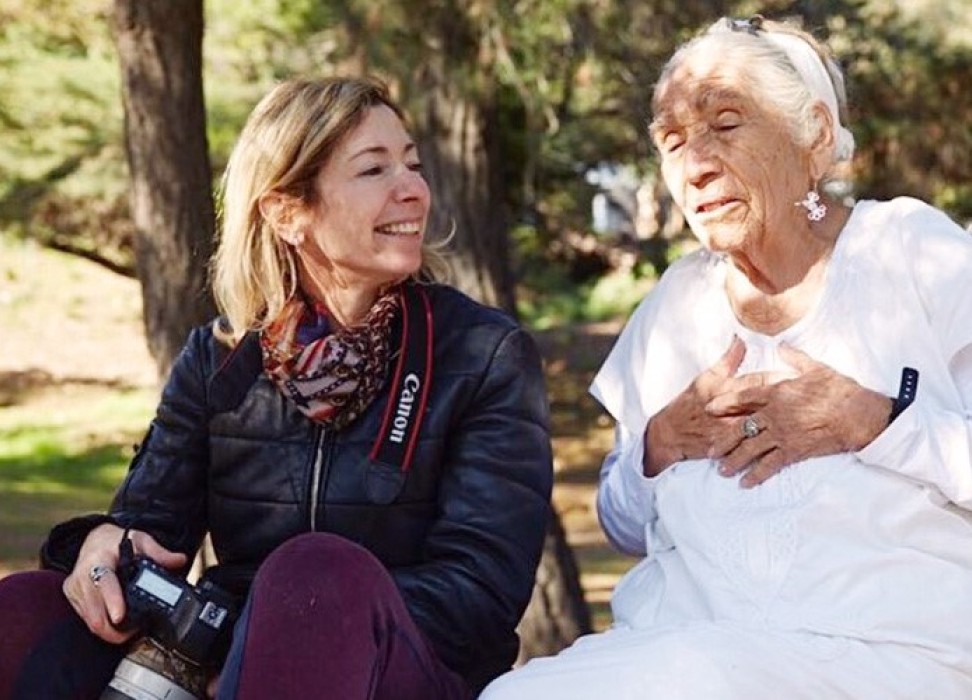
Human rights are not only about law – artistic expressions carry them, too.
A documentary series that celebrates the diversity of beliefs makes its television debut in June. The series Believe to See documents the beliefs, philosophies and teachings of twelve spiritual leaders from across the globe. The series is the idea of Gaby Herbstein, an Argentina-based photographer, who has been working on the series for three years.
Herbstein said she wanted to feature religious and spiritual leaders because of a desire to show that while belief systems and cultures may be different, they share messages of dignity and equal rights of all human beings.
“I think that change in the world will come from spirituality,” she said. “For my documentary series, I have travelled to Argentina, Austria, Greenland, Malta, Mexico, India, Russia and the United States to meet with spiritual leaders and participate in their ceremonies.”
While looking up information about religions and human rights, Herbstein came across the Beirut Declaration and its 18 commitments on “Faith for Rights”, and she thought this initiative by UN Human Rights was a perfect fit for her project.
“I said to myself ‘Whoah, the messages of Believe to See and Faith for Rights are very much aligned,’” Herbstein recalled. “So I sent UN Human Rights an email, telling about Believe to See and suggesting joint outreach.”
UN Human Rights agreed and offered to hyperlink her project in the #Faith4Rights toolkit as well as disseminate it among the “Faith for Rights” network. Ibrahim Salama from UN Human Rights said Herbstein’s artistic project resonates well with the toolkit, as art touches both hearts and minds.
“The #Faith4Rights toolkit features inspiring examples of artistic expressions, including through photos, videos, music, improvisation, dance, street art, social media, cartoons and calligraphies”, Salama added. “The toolkit also includes a dozen cases to debate, which illustrate the intersectionality of the 18 commitments and enhance the skills of faith actors to manage real life situations towards the shared aims of ‘Faith for Rights’.”
At a virtual global consultation with religious actors and faith-based organizations, High Commissioner Michelle Bachelet recently stressed that “Joining diverse faith actors within a shared vision and framework, we hope to nourish a community of practise, learning from each other and stimulating promising initiative based on human rights and mutual collaboration and respect.”
The “Faith for Rights” initiative is working with faith-based groups and individuals, in order to foster peaceful societies, which uphold human dignity and equality for all, where diversity is not just tolerated but fully respected and celebrated.
The #Faith4Rights toolkit contains 18 modules with concrete ideas for peer-to-peer learning exercises, for example concerning the impact of COVID-19 on women, girls and minorities, leveraging the spiritual and moral weight of religions or beliefs, and contributing diverse examples of artistic expressions.
The science, geography, history and culture broadcaster National Geographic were also struck by the diversity of spiritual leaders profiled for the documentary series, and have agreed to broadcast it on various channels throughout Latin America in June 2020. The series features not only leaders from the major religions but also indigenous faith leaders, offering their own words of inspiration. The series was scheduled to come out earlier, but the COVID-19 pandemic pushed back broadcast.
Herbstein said the pandemic has only sharpened the need and message of the series.
“This is a bridge. Believe to See is a project about believing in ourselves,” she said. “It’s a project about ‘unity in diversity’, where people will realize that all those teachers, elders and spiritual leaders are saying in different languages and with different tools the same thing. They help us to remember that everything is already within us.”
10 June 2020
